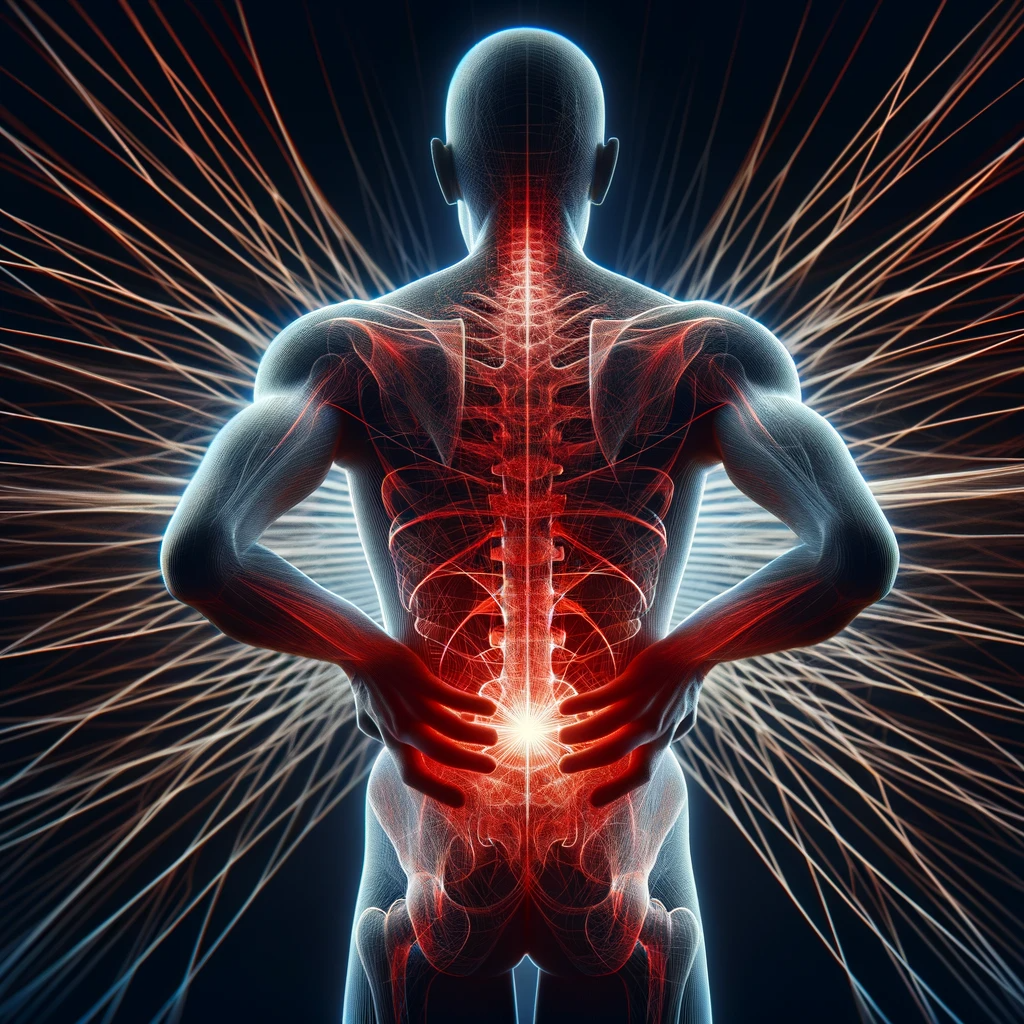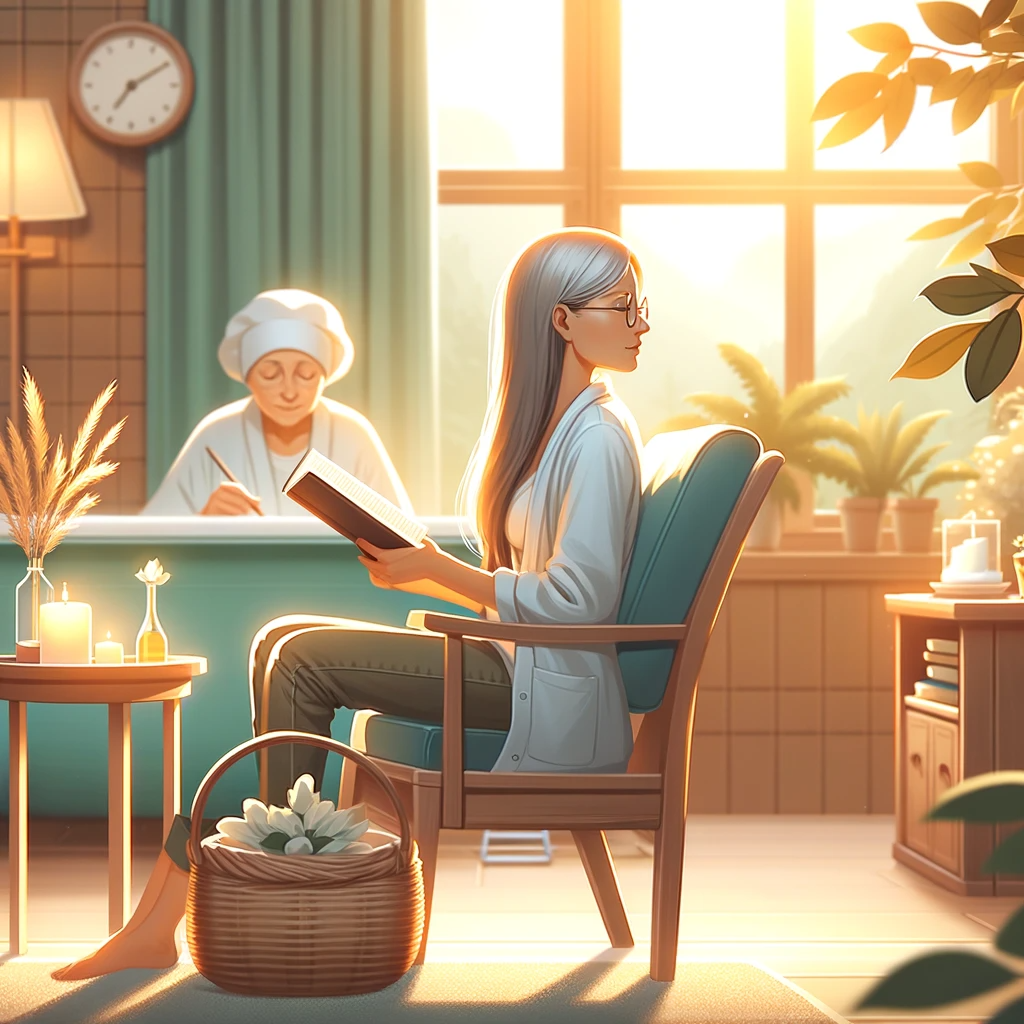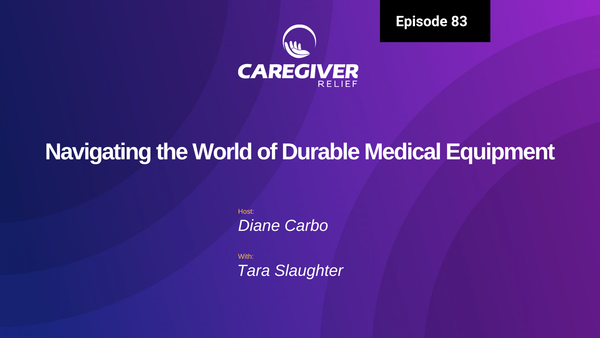Navigating the Challenges of Lower Back Pain: A Guide for Family Caregivers
Explore the challenges family caregivers face with lower back pain. It offers insights into causes, like lifting and strain, and provides practical self-care strategies. Tips include exercise, proper lifting techniques, and professional support, empowering caregivers in managing this common issue.

Family caregivers play a vital role in the healthcare ecosystem, often dedicating long hours to the care of loved ones with little recognition or support. Among the physical challenges they face, lower back pain stands out as a common and debilitating issue. This article aims to shed light on the causes and solutions for lower back pain, providing caregivers with essential self-care strategies to manage this condition.
Understanding Lower Back Pain in Caregivers
Lower back pain, often referred to as lower backache or low back ache, is a prevalent issue among caregivers due to the physical demands of caregiving. Tasks such as lifting, bending, and prolonged standing can strain the lower back muscles, leading to pain and discomfort.
The "Blown Back" Phenomenon
A "blown back" is a term often used colloquially to describe a severe strain or injury to the lower back. This can occur from sudden, awkward movements or from repetitive stress over time. Understanding the mechanics and risks associated with such injuries is crucial for prevention.
Self-Care Strategies for Lower Back Pain
Lower Back Pain Self-Care
Engaging in self-care is essential for managing lower back pain. This includes:
Regular Exercise: Incorporating stretching and strengthening exercises can enhance flexibility and strengthen the muscles supporting the spine.
Proper Lifting Techniques: Caregivers should learn and practice safe lifting techniques to avoid strain injuries.
Ergonomic Adjustments: Making small changes in daily routines, like adjusting the height of a bed or chair, can significantly reduce stress on the back.
Self-Care for Back Pain: Beyond the Basics
In addition to basic self-care, consider:
Heat and Cold Therapy: Applying heat or cold packs can alleviate pain and reduce inflammation.
Mind-Body Techniques: Practices like yoga, tai chi, and meditation can help manage pain and stress.
Professional Support: Consulting a healthcare professional for persistent or severe pain is crucial.

Practical Tips for Everyday Management
Lower Back Pain Self Help
Self-help techniques play a pivotal role in managing lower back pain. Caregivers can benefit from:
Educational Resources: Books, online courses, and workshops on back care can provide valuable information.
Community Support: Joining caregiver support groups can offer practical advice and emotional support.Regular Breaks: Taking short, frequent breaks throughout the day can prevent overexertion and fatigue.
Caring for Lower Back Pain
Caring for lower back pain also involves:
Pacing Activities: Breaking down tasks into smaller, manageable chunks can help avoid strain.
Using Assistive Devices: Tools like lifting aids, back braces, and ergonomic furniture can be lifesavers.
Staying Active: Maintaining an active lifestyle, within comfortable limits, can prevent stiffness and further injury.
How to Take Care of Lower Back Pain
Taking care of lower back pain is a multifaceted approach, including:
Pain Management Techniques: Over-the-counter pain relievers, prescribed medications, and alternative therapies like acupuncture can be effective.
Physical Therapy: Engaging in physical therapy can provide targeted exercises and pain management strategies.
Nutrition and Hydration: A balanced diet and adequate hydration are crucial for overall health and can aid in recovery.
Family caregivers are often at high risk for lower back pain due to the physical demands of their role. By understanding the causes and implementing effective self-care strategies, they can manage this condition and continue to provide the invaluable care that their loved ones rely on. Remember, seeking professional medical advice is always recommended for persistent or severe pain.

One Caregivers Story of Dealing with Lower Back Pain
By Judy
I live every single moment of every single day and night in pain that usually varies between 4 and 8 on the Wong-Baker Pain Rating Scale. I don’t usually talk about it, or mention it to anyone, because there’s nothing that can be done about it. I don’t tolerate narcotics at all well; NSAIDs help with inflammation, but don’t address the feeling that someone is stabbing your hip with a white-hot ice pick. So I just get through my days as best I can, and take muscle relaxers at night to help me sleep.
I guess I developed this stoicism from watching my parents. My dad was run over by a milk delivery van when he was only 5 years old. It crushed his legs, chest and head, and it is a true miracle the surgeons were able to put him back together. A few years later he was stricken with polio, and again not expected to thrive, and again defied the odds. He lived with a significant amount of pain every day, but rarely mentioned it at all. The only thing that ever elicited complaint was an acute injury of some kind – such as 2nd degree burns from a boiling-over radiator, or when that one last wisdom tooth came in… sideways and impacted. The cancer that took his life was the only thing that really brought out much in the way of acknowledgement of pain from him, and by the time he mentioned it, it was way off the pain scale!
My mom developed arthritis in her hands when she was in her early 20s, and had degenerative joint disorder in both knees and hips. She learned to live with it, put up with it, and rarely made any concessions to it or even mention it. The most I ever heard her complain was after surgery. Normally, once healed from whatever the surgery was, she rarely referred to it again. When she fell and broke her collarbone and 10 ribs, the most she really said was that her ribs ached….
My uncle told me not long before his death that there had not been one day during the preceding two years during which he had not suffered what he described as a “significant amount” of pain. He was such an active man – a surveyor by profession, accustomed to tromping across fields and through woods, being out and about in all weathers. He said that when he suffered a compound fracture in his leg just below the knee – and busted his ulna in two places – was the worst pain he’d lived through… until the cancer took hold, starting in his back, and until he had unstageable pressure sores (that’s the stage after Stage 4; there’s only one stage worse) in his buttocks from sitting up all the time because of the pain in his back. He had an intrathecal pain pump delivering morphine directly to the muscles in his back – but that did not do more than take the edge off the cancer pain. Yet he rarely mentioned it, rarely complained.
However, my aunt has the lowest pain threshold of anyone I’ve ever met. She becomes a drama queen over every twinge and ache, and has frequently been brought to tears by a pain rating of 4 – and I promise that you do not want to hear her when her pain is higher than that! She recently had shoulder replacement surgery, and agreed to a nerve block to help control her pain. Even with that nerve block, plus Dilaudid dispensed via Patient-Controlled Analgesia (PCA) pump AND oral hydrocodone every 4 hours, she has literally cried for a week over her pain. When asked about her pain level on that so-clever scale, she usually says she doesn’t know. If pressed, she’ll say it’s at 6 or 7 at its worst. Most of the time, it’s controlled to a much lower level.
Considering what I live with every single day, it’s easy to be scornful of my aunt’s sufferings. What she cries over after surgery is what I work through on a daily basis. But I would be doing us both a disservice if I were to sneer at her distress. That pain is very real to her, and the fact that she is more susceptible to it doesn’t make her less than me in any way. Her suffering over an aching knee is as valid as my mom’s over those broken ribs, or my uncle’s over his cancer and pressure sores. And this pain and suffering has had a very definite effect on her quality of life. She moved into a new house 10 years ago, with high hopes of entertaining her friends and having a social life. Instead, she’s immured in her house, unable to get out and see many people, unable to enjoy the many activities she used to do. She’s lonely and depressed, and has nothing else to focus on except her pain – and all that focus only exacerbates the situation.
This is coming at a time when doctors are becoming more and more reluctant to dispense and prescribe narcotic pain relief for their patients. While the reasons for this government crack-down are valid and understandable, that’s no help or consolation to the many people who live daily with chronic pain, suffering a considerable loss in the general quality of their lives. We need to find a way to relieve this kind of suffering, to allow people to fully live their lives again!





